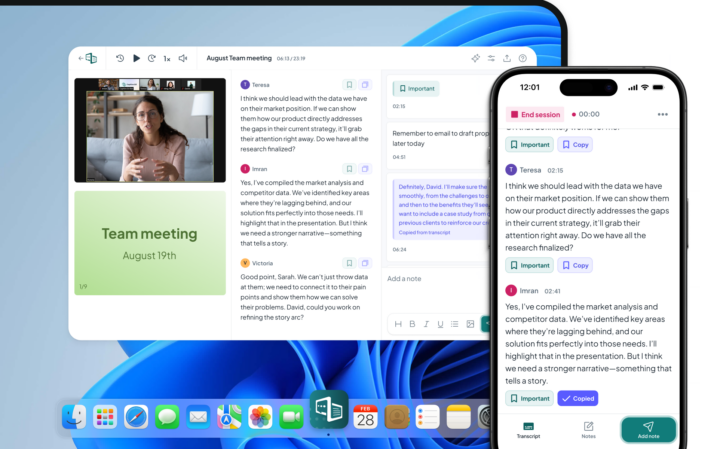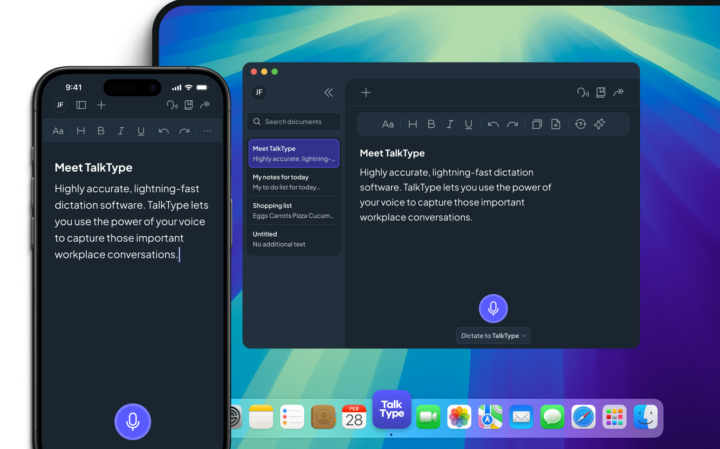Concept Maps
A concept map is similar to a mind map but allows you to plot associations and connections between multiple concepts. As opposed to the single, central idea in a mind map, concept maps explore connections between several ideas. They’re often used in education and corporate settings to explore structures and their interconnected relationships.
To create concept maps you can use different shapes, arrow connectors, and focus keywords. Start by choosing or listing out your set of topics and subtopics. Then, organise each theme by linking them back to a main idea. You can use linking words to do this, showing the relationships between core ideas.
There are different types of concept map structures to choose from:
- Hierarchy Maps: In a hierarchy map, you’ll create the main idea or highest-ranking concept at the top. Then, lower-ranking ideas flow out underneath.
- Spider Maps: Think of spider diagrams as sort of like spider webs. They’re useful as a note-taking tool when there are multiple subtopics to depict.
- System Maps: These help to reveal the relationships between several ideas. They’re useful for reviewing the connections between ideas or subsystems within an ecosystem.
Pros:
- Easy to read and access.
- Good at highlighting the relationships between ideas and revealing patterns.
- They’re customisable and easy to get data into.
Cons:
- Can be time-consuming in fast-paced lectures or presentations.
- Tracking may be overwhelming without the appropriate or supportive tools.
Flowcharts
A flowchart is a concept map that helps visualise a data sequence based on a series of data or actions moving through different points. As a visual note-taking tool, it’s useful for breaking narratives into a sequence or individual steps.
Visual note-taking using flowcharts is also known as ‘Flow-Based’. With this method, the goal is to focus on learning during a lecture or presentation and not only to transcribe. Each element or topic in a flowchart tends to have its own graphic representation with arrows and lines linking up the stages in between.
Three principles underline this approach:
- Simplify: Use your own words to write down the information.
- Visualise: Use images and diagrams to represent different concepts, ideas, and theories.
- Make Connections: Connect each visualisation back to its source, linking topics together into a series of steps.
Pros:
- Solid approach for any note-taking focused on processes, narratives, programming, and any step-by-step approaches.
- Good to break down essential steps in a process.
- Effective at communicating flow processes with others.
Cons:
- Have some limitations in what they can represent.
- May need additional visuals to get full usage.
- Can sometimes continue indefinitely and become unwieldy or messy with many outcomes.
Thinking Maps
A Thinking Map is a form of visual note-taking that can help to visualise various thoughts and ideas in graphic form. They’re particularly useful for visualising abstract concepts and for boosting comprehension. And they’re a form of explorative note-taking and visualisation that can boost collaboration, creativity, and design.
There are eight specific types of Thinking Maps that learners can use to explore concepts and build on their ideas:
- Circle Map: A Circle Map is a brainstorming tool to define a specific item or concept. It starts with a central idea as a circle and then adds further larger circles around it.
- Bubble Map: These can describe particular qualities of an idea, event, person, or object using adjectives.
- Double-Bubble Map: The Double Bubble Map is a useful tool to highlight the differences and similarities between two ideas, or in practice two Bubble Maps.
- Flow Map: Flow Maps visualise a process and show a potential progression of ideas, a chain of events, or steps to get to an outcome.
- Multi-Flow Map: Multi-flow maps describe causes and effects. They help to analyse which factors led to a particular situation.
- Brace Map: A Brace Map helps to deconstruct an object or theory. Starting with the name of the whole object, note-takers use ‘braces’ to outline the relationship to its parts.
- Tree Map: This is a classification tool that helps note-takers arrange items or ideas into different categories.
- Bridge Map: This type of note-taking approach lets students use a visual process to identify and relate to different analogies.
Graphic Organisers
A graphic organiser is a teaching tool used to educate pupils. It can include many, if not all, of the full range of visual note-taking tools. As a key pedagogical tool, it’s primarily used to demonstrate key concepts and relationships between objects visually to aid in learning and understanding.
There are many different types of graphic organisers you can use for note-taking:
- Sequence Chart: A type of note-taking graphic organiser that allows note-takers to set out a sequence of events, like a timeline or various steps in a process.
- Persuasion Map: A persuasion map helps students outline and prepare arguments. It’s useful as preparation for essays, debates, and speeches.
- Story Map: Story maps are useful for deconstructing elements of stories such as characters, plots, and themes.
- Idea Wheel: Functioning as a mix between a spider map and a circle map, idea wheels are useful brainstorming tools.
- KWL Chart: This is a three column chart for gathering information and reviewing a child’s knowledge or experience. The K stands for knowledge, the W stands for What they Want to know, and the L represents what they learned.
Venn Diagrams
Invented by mathematician John Venn, the Venn Diagram is a well-known tool for revealing the differences and similarities between things using coloured circles. As a simple tool for understanding patterns and the overlaps between different ideas, a Venn Diagram tends to include at least two interlocking circles that help to compare and contrast the characteristics of two things.
Creating a Venn diagram using visual tools should be fairly straightforward. It’s a simple approach that requires coloured circles that overlap. In each circle, you would write notes that describe the characteristics of what the circle represents.
Different Venn diagrams work with different data sets. And so there are different Venn diagram options:
- Two set diagrams: The classic Venn diagram. This uses two circles containing different data sets. Useful for comparisons.
- Three set diagrams: Three set diagrams use three overlapping circles to highlight similarities in the centre, where all three coincide.
- Four set diagrams: Four set Venn diagrams are useful for comparing notes on four different data sets. This may be useful in software engineering, sciences, and other complex data set comparisons.
Five set diagrams: Usually, a five set Venn diagram is the maximum you could expect to use for comparing data sets. Even at five, things could get too complex and unwieldy.
Caption.Ed is a dynamic note-taking and captioning tool available on desktop and as a mobile app. It works across all platforms including Blackboard, Panopto, MS Teams, and Zoom. Students who qualify for the Disabled Students’ Allowance (DSA) can get access to two exciting packages to meet their needs – the Notes Bundle and the Pro Bundle (depending on the outcome of their assessment).
Caption.Ed can also elevate staff performance levels when used as part of a workplace needs assessment or the Access to Work scheme. By allowing staff greater autonomy and control over productivity and communication, Caption.Ed is recognised as an effective AT tool that will make a difference for your teams.





